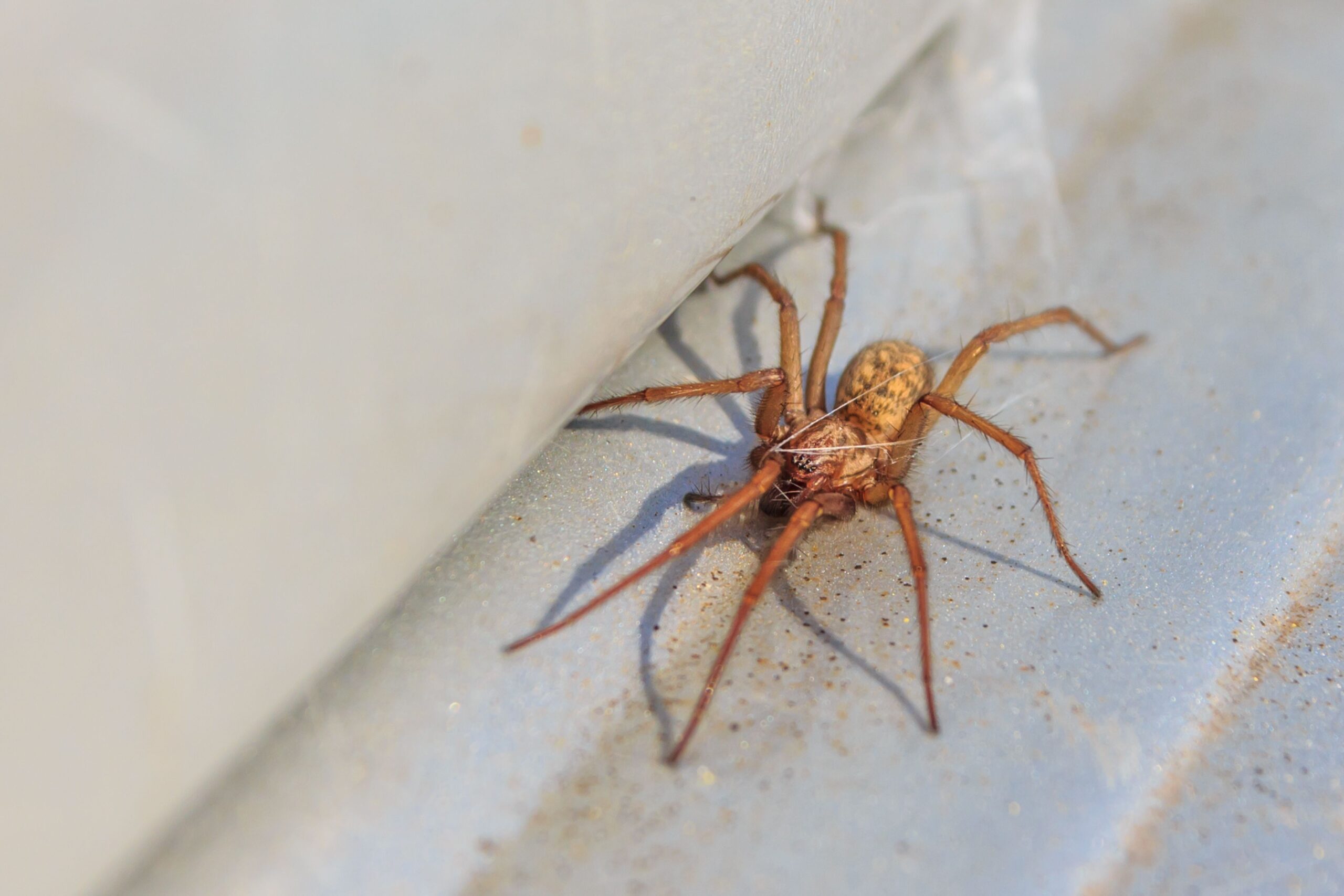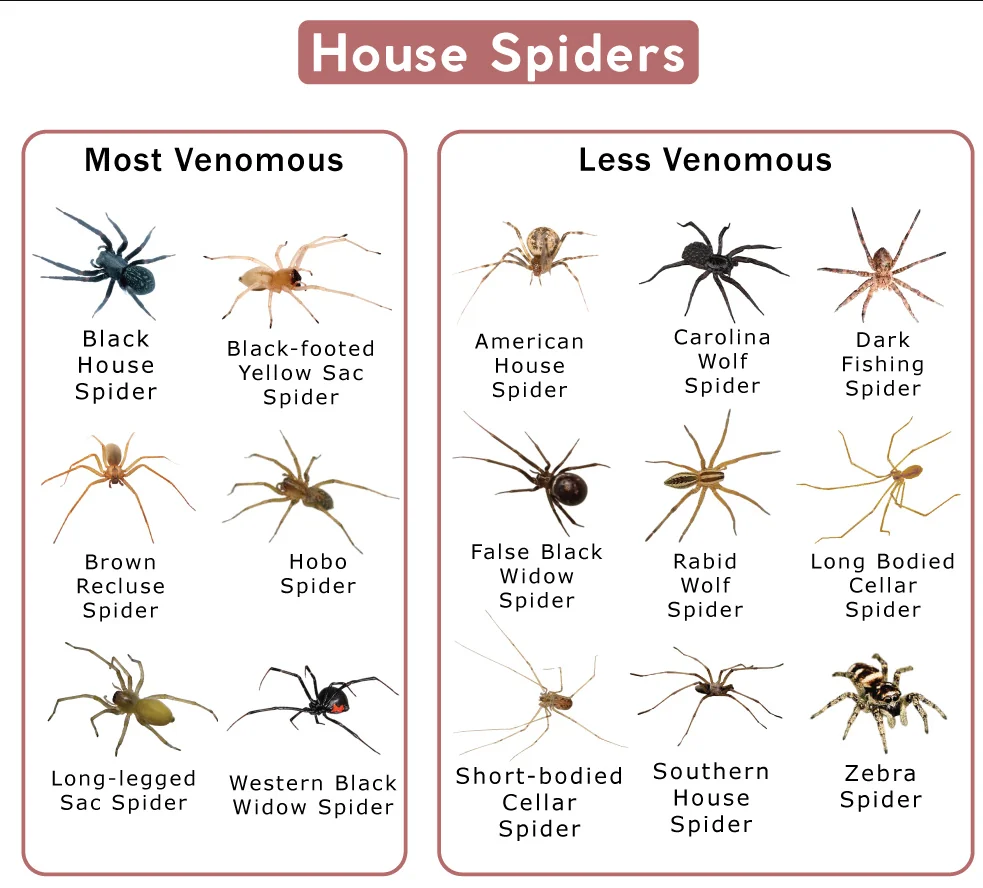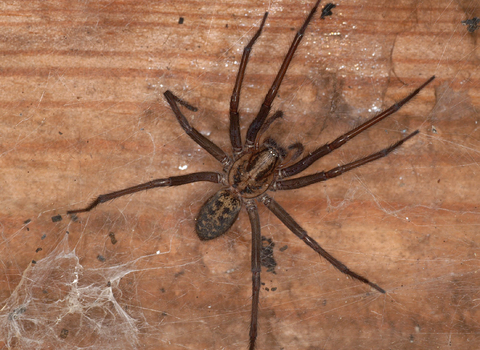Florida’s subtropical climate, with its warmth, humidity, and mild winters, fosters prime conditions not only for lush vegetation but also for pests—particularly termites. These wood-consuming insects can undermine structural integrity from the inside out, hiding unseen behind walls or beneath floors. In Coral Gables, a community celebrated for its Mediterranean Revival architecture and manicured neighborhoods, a termite infestation can tarnish the city’s hallmark elegance if left undetected. This service page clarifies why termites thrive in Florida’s environment, the clues hinting at an infestation, and why hiring a professional termite exterminator for termite treatments remains your strongest safeguard. By acting swiftly at the first whisper of termite activity, property owners preserve their investment, avoid extensive repairs, and sustain the refined ambiance that defines Coral Gables.
Why Termites Flourish in Florida
- Mild Winters and Constant Warmth
In colder states, sub-freezing winters deter termite breeding for extended months, killing off a portion of colonies naturally. Florida’s mild winter seldom endures temperatures low enough to disrupt termite foraging or reproduction. Heated and air-conditioned indoor environments further protect termites from any brief cold spells, enabling them to eat wood and expand colonies practically year-round. - High Humidity and Rain
Many termite species rely on moisture to maintain their nests and feed on damp wood. Florida’s frequent rainfall and naturally high humidity keep soils soft and damp, perfect for subterranean termites creating mud tubes. Even minor leaks, like a drip under a sink or damp crawl spaces, supply the moisture certain termite species crave to thrive indoors. - Near-Continuous Breeding Cycles
In northern locales, prolonged freezing interrupts termite mating and feeding. In southwestern Florida, no such enforced dormancy exists, allowing colonies to multiply if occupant vigilance or regular inspections are lacking. A few undetected swarmers can seed a new colony within weeks, quickly establishing behind walls or under floors. - Abundant Wooden Structures
Coral Gables architecture frequently features wood elements—beams, decorative trim, or supporting frameworks. Where soil meets unprotected wood or where older structures show cracks in foundations, termites gain entry. Damp attics or water-damaged basement beams become easy feeding targets, letting colonies expand quietly. - Frequent Movement of People and Goods
From short-term rentals to real estate transactions, Coral Gables experiences occupant changes and shipping of materials or furnishings. Infested wooden items introduced to a property can bring hidden termite eggs or colonies, launching infestations if occupant checks miss subtle signs.

Telltale Signs of a Termite Infestation
- Mud Tubes Along Foundations
Subterranean termites construct thin, pencil-like mud tubes on foundation walls or crawl space pillars to retain moisture while traveling between soil and wood. Spotting these tubes strongly indicates active foraging. Breaking a small section might reveal termites scurrying inside if the colony remains undisturbed. - Discarded Wings
When termite swarmers (winged termites) land to start new colonies, they shed their wings. Finding small piles of identical, translucent wings on window sills, near entryways, or around light fixtures signals swarmers emerged indoors. Swarms typically occur in warmer months or after heavy rains. - Hollow or Damaged Wood
Tapping a suspect beam or floor area that sounds hollow suggests internal tunneling by termites. Often, the outer surface remains intact while termites consume wood from within, destabilizing structural elements. Fragile or sunken wood surfaces can eventually crack with pressure. - Frass (Droppings)
Drywood termites leave tiny, six-sided fecal pellets resembling grains of sand or sawdust. Collecting in small piles below infected wood—like windowsills or furniture corners—frass indicates active feeding. Subterranean termites, conversely, typically produce mud tubes instead of pellets. - Swarming Termites or Triggered Alarms
During warm or humid conditions, winged termites may swarm indoors, gathering near light sources or emerging from holes in walls or flooring. If occupant sees a flurry of small, flying insects, quick occupant or professional confirmation is crucial to stop them from founding additional colonies.
Consequences of Neglecting Termites
- Structural Weakening
As termite colonies devour internal wood, they reduce its load-bearing capacity. Over time, floors sag, ceilings crack, or walls bow under compromised supports. The longer an infestation remains undiscovered, the greater the damage and repair costs. - Rising Repair Bills
Subtle termite damage can mushroom into widespread structural problems, necessitating extensive reconstruction or replacement of beams. Repairing advanced termite destruction can burden owners with steep expenses, especially if occupant insurance policies require termite disclaimers or do not cover certain damages. - Anxious Living Conditions
Recognizing that hidden insects silently feed behind walls undermines occupant comfort. Families may distrust structural safety, worry about potential cross-infestations to neighbors, or dread the outbreak of swarmers at inopportune moments. - Property Value Hit
Real estate transactions often hinge on termite inspection reports. A known active infestation or uncertain termite history can deter buyers, stall closings, or force sellers to negotiate downwards. Thorough termite treatments preserve property value and occupant confidence.
Why Hire a Professional Exterminator
- Comprehensive Inspection
A termite exterminator examines potential termite highways—like crawl spaces, attic beams, foundation cracks—for subtle signs of infestation. Pinpointing which termite species (subterranean, drywood, or dampwood) refines the appropriate solution, whether soil barriers or localized treatments. - Elimination of Hidden Colonies
Termites nest behind walls, under floors, or deep in soil. Over-the-counter methods might only kill visible termites, leaving queens or hidden pockets unscathed. Professionals deploy advanced strategies—like fumigation, soil trenching, or spot injections—to eradicate entire colonies, preventing re-emergence from overlooked segments. - Targeted, Environmentally Conscious Methods
Inappropriately applied sprays risk occupant chemical exposure without guaranteeing colony collapse. By using specialized termiticides where termites travel or nest, or installing bait systems along property perimeters, professionals ensure lethal contact while minimizing occupant or environmental impact. - Follow-Up and Preventive Repairs
Beyond colony destruction, occupant or professional steps—like sealing foundation gaps or adjusting moisture sources—block new termite invasions. Regular re-checks confirm no hidden survivors remain. A synergy of occupant vigilance plus professional coverage fosters termite-free living.

Types of Termite Treatments
- Soil Barriers and Trenching
For subterranean termites, exterminators dig shallow trenches around a structure’s perimeter, injecting termiticide that forms a protective soil barrier. This lethal zone kills termites crossing from underground nests to wooden beams indoors. Drilling small holes near slabs or patios ensures full coverage beneath concrete. - Bait Stations
Slow-acting baits placed around building edges lure worker termites, who share the toxin with nest mates. Periodic station checks measure ongoing termite activity and replenish baits if needed. Over weeks, the colony collapses from within, offering less intrusive but thorough coverage. - Drywood Termite Solutions
Drywood termites devour wood directly without soil contact. Localized injections or foams might suffice if infestation areas are limited. For widespread drywood infiltration, whole-structure fumigation saturates every hidden pocket, eradicating eggs, nymphs, and adults simultaneously. Occupants vacate briefly, returning once the property is aerated. - Spot Treatments and Foam Injections
If occupant or professional inspections find isolated termite galleries in furniture or discrete corners, injecting liquid termiticide or foam directly into those voids kills localized colonies. Combined with occupant dryness improvements or sealing, such spot treatments can be cost-effective for smaller outbreaks. - Moisture Control
Since termites—particularly dampwood or subterranean species—need water, controlling leaks or humidity levels hampers termite colonization. Fixing roof drips, re-routing AC condensate, or ensuring sufficient crawl space ventilation denies termites the moist environment that fosters nesting.
Service Area Focus: Coral Gables
Coral Gables, distinguished by its Mediterranean Revival architecture and upscale neighborhoods, merges older and newer homes. Such structures can feature wooden support beams, decorative trim, or direct soil-wood contact. Overlooking small foundation cracks or ignoring a tiny roof leak can invite termite foraging. Quick occupant vigilance—like checking for mud tubes along walls or noticing suspicious droppings—plus prompt professional solutions ensure these destructive insects don’t overshadow Coral Gables’ refined ambience. By pairing occupant dryness fixes (like sealing eaves, clearing rotted wood) with robust termite treatments, property owners in this area avert the deep harm and occupant anxieties of silent termite infestations.
- Soil Barriers and Trenching

Why Our Termite Treatments Excel
- Florida-Focused Expertise
Mild winters and near-constant humidity demand year-round readiness for termites. Our approach merges occupant-driven dryness control—like addressing roof leaks or removing rotted beams—with specialized termiticides or bait stations, ensuring no hidden colony escapes lethal coverage. - Customized Based on Species
Determining whether drywood or subterranean termites are present shapes whether local injections, fumigation, or perimeter trenches are employed. This accurate targeting spares occupant or environment from generalized chemical usage while guaranteeing direct contact where termites feed or nest. - Minimal Occupant Disruption
We position soil barriers or baits discreetly, often letting occupants remain onsite with minimal daily disruption. In cases needing fumigation, we coordinate short occupant vacating periods, ensuring swift re-entry once properties vent out. This approach balances occupant convenience with decisive termite eradication. - Prevention and Follow-Ups
Because termite queens can lay eggs continuously, scheduling re-checks or occupant-based monitoring ensures no straggler colonies rebound. Advising owners on dryness solutions, sealing cracks, or storing wood away from direct soil contact cements the property’s long-term termite defense.
Call to Action
Spotting mud tubes near foundations, finding small, pellet-like droppings near wooden window sills, or hearing hollow echoes when tapping beams? Contact us to learn more or schedule your service. Our termite exterminator solutions in Coral Gables tackle each phase of infestations—eradicating queens, destroying unseen colonies, and securing homes or businesses from new invasions. Swift occupant action spares you from the deep structural woes, occupant worries, and significant repair bills that advanced termite damage inflicts.
With specialized methods—like trench treatments for subterranean types, fumigation for widespread drywood infiltration, or localized injections in smaller outbreaks—residents of Coral Gables uphold the architectural beauty and occupant comfort that define the city. By bridging occupant vigilance (moisture control, sealing gaps) with professional coverage, termites meet lethal barriers before the city’s cherished aesthetic becomes compromised by hidden insect appetites.
Maintaining a Termite-Free Environment
- Eliminate Moisture
Repair roof leaks promptly, divert AC condensation away from foundations, and ensure crawl spaces remain ventilated. Reducing damp wood denies termites the environment they seek to nest and breed. - Soil-Wood Separation
Keep wooden beams or siding at least 18 inches above soil. If landscaping or mulch touches external wood, consider installing a concrete or metal barrier. Subterranean termites easily traverse direct wood-to-soil points. - Check for Rotted Wood
Termites prefer softened, water-damaged beams or sills. Replacing rotted boards quickly and sealing future leaks hamper termite entry routes. - Store Wood Properly
Firewood or construction lumber should be stacked off the ground, away from exterior walls. Storing wood near foundations inadvertently invites termites to feed and transition indoors. - Routine Monitoring
Periodically examine attic beams, baseboards, or window frames for mud tubes or droppings. Swarmers emerging after heavy rains also hint at an existing colony. Early occupant detection triggers swift occupant or professional responses before colonies spread widely.
Merging occupant diligence with thorough termite treatments keeps southwestern Florida buildings free of silent wood destruction and occupant anxieties. Even though Florida’s mild climate benefits termite activity, integrated dryness fixes, sealing efforts, and specialized extermination solutions block these insects from stealthily eroding valued structures in Coral Gables and beyond.
